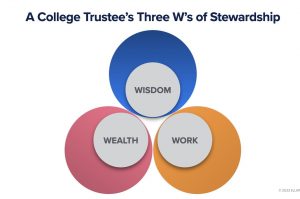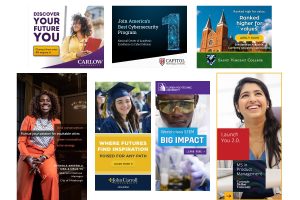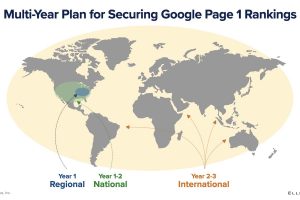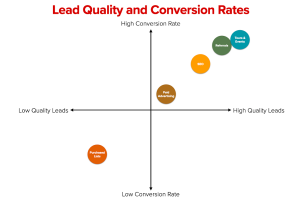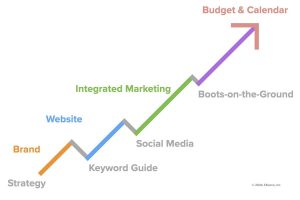
There is substantial upheaval in higher education. Colleges and universities are navigating a complex landscape characterized by demographic shifts, technological advancements, economic pressures, evolving student expectations and even outright questioning the value of college education. An institutional marketing plan is crucial for colleges to navigate these complexities. It helps them attract and retain students, enhance […]


